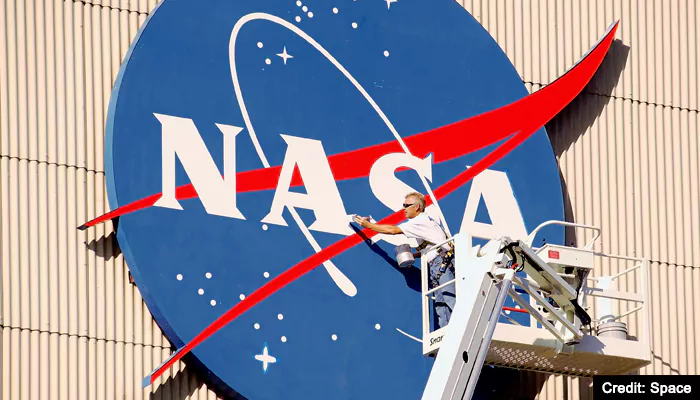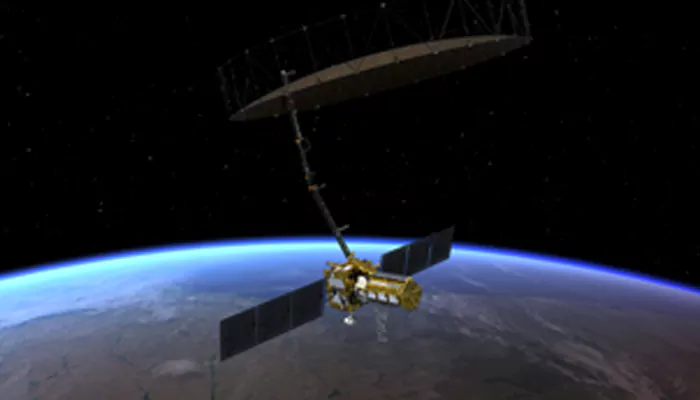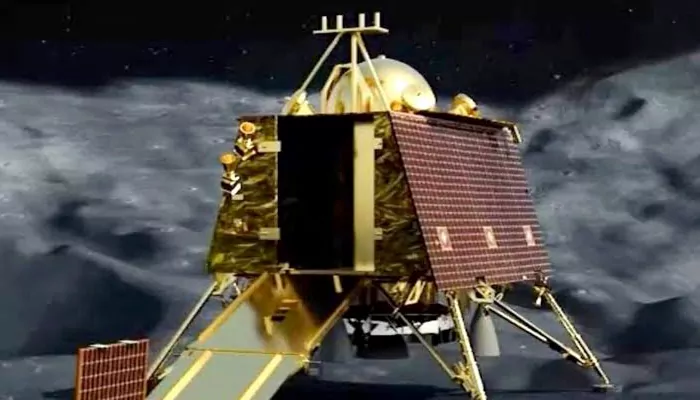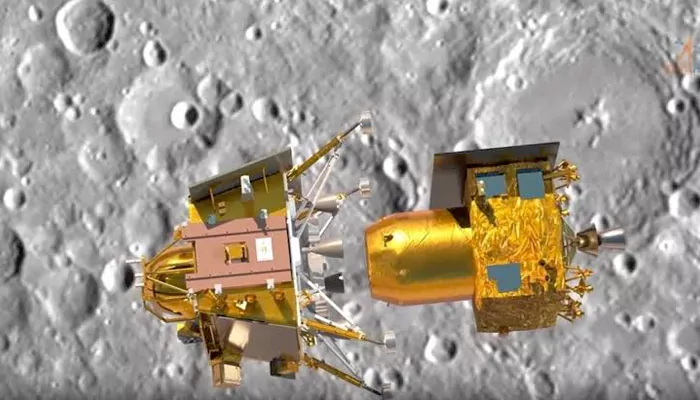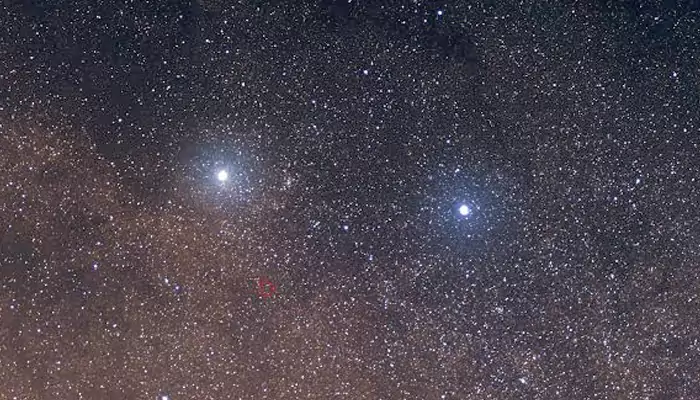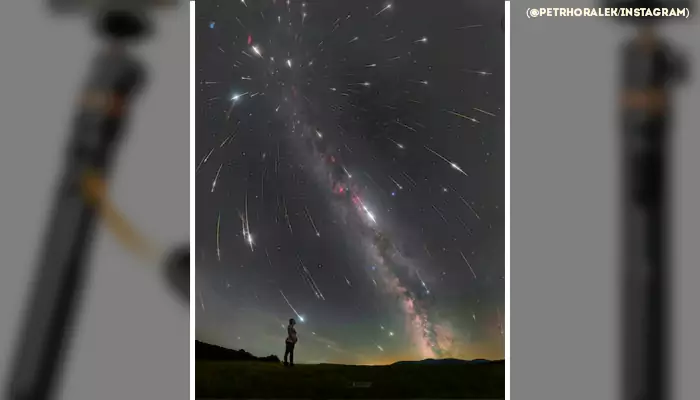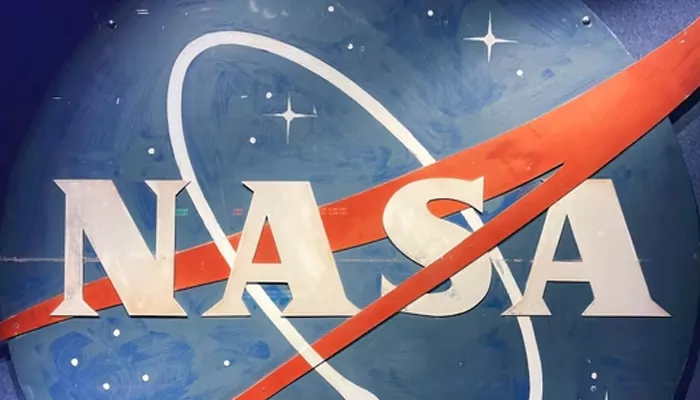
The US space agency was formally established on October 1, 1958 - exactly 67 years ago!
NASA, the National Aeronautics and Space Administration, hardly needs an introduction, because its achievements in space and tech speak for themselves. Exactly 67 years ago, the US agency was officially established, marking the beginning of a journey that has never looked back. However, few realize that NASA didn’t appear out of nowhere. Behind its formation was a predecessor that laid the groundwork and set the stage for America’s ventures into the skies and beyond. So, as we celebrate NASA’s anniversary, let's look back at that story and discover how it all began.
Before NASA, There Was NACA
In the early 20th century, the United States was trailing behind European nations in aviation technology. Recognizing the need to catch up, President Woodrow Wilson signed legislation on March 3, 1915, establishing NACA (National Advisory Committee for Aeronautics) as a federal agency dedicated to aeronautical research. Modeled after institutions like France's L'Etablissement Central de l'Aérostation Militaire and Germany's Aerodynamic Laboratory at Göttingen, NACA was tasked with coordinating and directing the scientific study of flight problems to promote practical solutions.
On this day in 1931, the NACA (the precursor of @NASA) dedicated the first full-scale wind tunnel for testing airplanes in the US. The testing space within the wind tunnel was the size of a small two-story house, allowing engineers to test full-size aircraft. pic.twitter.com/S5t4s7O04K
— National Air and Space Museum (@airandspace) May 27, 2024
(Credit: National Air and Space Museum)
Pioneering Aeronautical Advancements
Under the leadership of figures such as Orville Wright and Charles Lindbergh, NACA embarked on groundbreaking research that would totally revolutionize aviation. One of its most significant contributions was the development of the NACA airfoil, a wing design that minimized drag and maximized lift, becoming a standard in aircraft design. The agency also conducted extensive wind tunnel experiments, leading to the creation of the "thin airfoil theory" and the "area rule" for supersonic aircraft, which are still integral to modern aerodynamics.
Before @NASA, there was the NACA—the National Advisory Committee for Aeronautics. It was founded today in 1915. Among many other things, the NACA operated a Full Scale Wind Tunnel used to test most of America’s significant #WorldWarII aircraft: https://t.co/iOg7WOmN4c pic.twitter.com/6CaRMQkFGZ
— National Air and Space Museum (@airandspace) March 3, 2021
(Credit: National Air and Space Museum)
By 1938, NACA had grown to 426 employees, expanding its research capabilities and influence. Its innovations played a crucial role during World War II, enhancing the performance of military aircraft and contributing to the United States' air superiority.
Transition to NASA
Now, the end of World War II marked a shift in focus from aviation to space exploration. The Soviet Union's launch of Sputnik 1 on October 4, 1957, ignited the "Sputnik Panic" in the United States, highlighting the need for a dedicated civilian space agency. In response, President Dwight D. Eisenhower signed the National Aeronautics and Space Act into law on July 29, 1958, establishing NASA. The new agency absorbed NACA's research facilities, personnel, and budget, with NACA's final director, Hugh Dryden, serving as NASA's first deputy administrator.
What was it like back on October 1, 1958? Hear from then-administrator Glennan as he addresses employees from our historic predecessor, the NACA, about the opening of NASA and our new mission that we still carry out to this day: https://t.co/LZmuFEyr1A #NASA60th pic.twitter.com/qKuQL1xEMx
— NASA (@NASA) October 1, 2018
(Credit: NASA)
NASA's Ascendancy
With a mission to "improve life here, to extend life there, to find life beyond," NASA quickly became a global leader in space exploration. Under the guidance of administrators like T. Keith Glennan and James E. Webb, the agency achieved milestones such as the Apollo moon landings, the development of the Space Shuttle, and the exploration of distant planets through robotic missions.
Some Fun Facts to Know
The U.S. military was dreaming of space before NASA even existed. The Air Force’s 1956 “Man in Space Soonest” program set the stage for Project Mercury (1958–1963).
On May 5, 1961, Alan Shepard made history as the first American in space with his suborbital flight aboard Freedom 7.
Today, NASA is building the Orion spacecraft and the Space Launch System to take humans back to the Moon with the Artemis program.
And Yes, Happy Birthday, NASA.

